Types of Emergency Call Systems to Install in Your Home
Ensuring the safety of a loved one at home is a top priority, especially for seniors or individuals with medical conditions. Here at Atlas Home Safety, our experts work hard to install home safety modifications to help seniors with aging in place.
An emergency call system is a simple yet life-saving tool that allows quick access to help in case of a fall, medical emergency, or any urgent situation. Whether you are an older adult looking for ways to maintain independence or a family member seeking to protect a parent or grandparent, installing an emergency call system can provide reassurance and peace of mind.
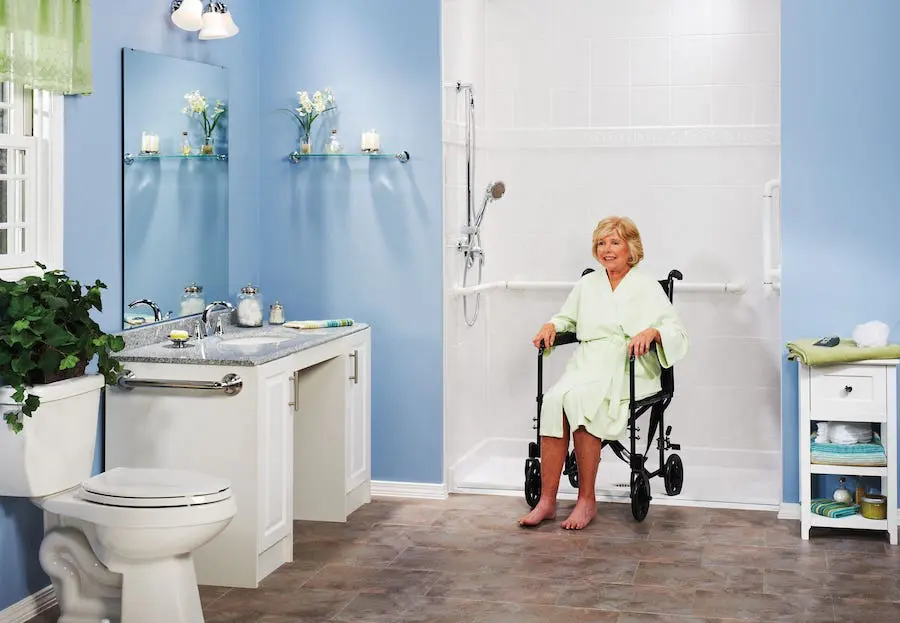
What is an Emergency Call System and How Does It Work?
An emergency call system is a device or network of devices designed to provide immediate access to emergency responders, caregivers, or family members. These systems typically include wearable pendants, wall-mounted call buttons, or voice-activated devices that can be triggered to request assistance. Modern emergency call systems integrate with mobile apps, home security systems, and smart home technology to provide 24/7 monitoring and rapid emergency response.
These systems are particularly beneficial for seniors living alone, individuals with disabilities, or anyone with a medical condition that could lead to an emergency. By offering a direct line to help, emergency call systems reduce response times in critical situations, potentially preventing further injury and saving lives.
Why Every Senior Should Have an Emergency Call System
For many seniors, an emergency call system is a necessity rather than a luxury. Falls are one of the leading causes of injury among older adults, and having a way to call for help immediately can make all the difference. In addition, medical conditions such as heart disease, diabetes, and mobility issues make having a rapid response system essential.
An emergency call system provides a safety net, allowing seniors to continue living independently while giving their family members confidence that help is just a button press away. Instead of worrying about constant check-ins, loved ones can rest assured that their parent or grandparent has access to emergency assistance whenever needed. This added layer of security helps both seniors and their families feel more comfortable and at ease.
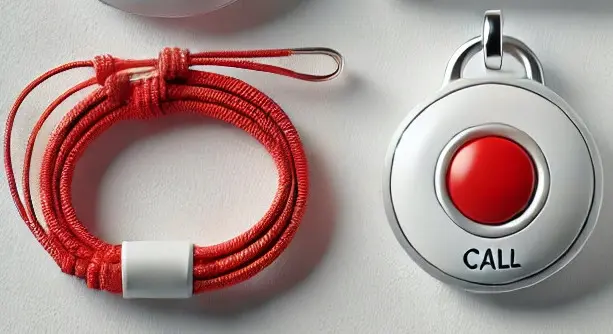
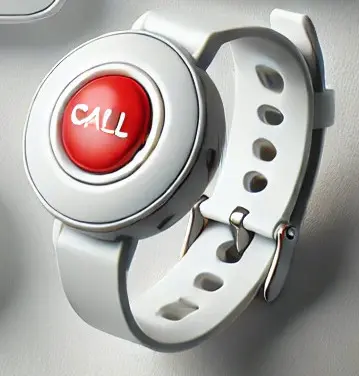
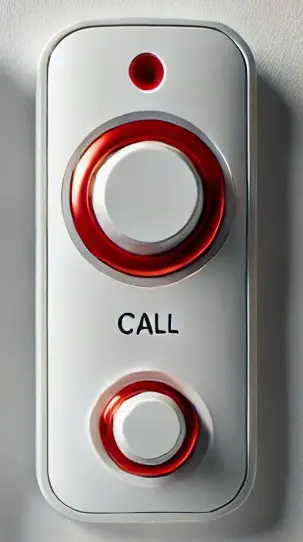

Choosing the Right Emergency Call System for Your Home
There are various types of emergency call systems, allowing families to choose one that best suits their needs. Common options include:
1. Medical Alert Systems
Medical alert systems are designed specifically for individuals who may experience medical emergencies. They typically include a wearable pendant or wristband with a button that, when pressed, connects the user to an emergency response center. Some advanced models include fall detection technology that automatically alerts emergency services if a fall is detected, even if the person is unable to press the button.
2. Landline-Based Emergency Call Systems
These systems connect to a home’s landline, allowing the user to call for help with the push of a button. While reliable, they are limited to the home’s range and do not provide mobility outside the house.
3. Cellular Emergency Call Systems
By operating through mobile networks, these systems provide coverage both inside and outside the home. They are ideal for active seniors who spend time outdoors but still need emergency protection.
4. Smart Home Emergency Call Systems
Smart home technology has introduced voice-activated emergency call systems integrated with virtual assistants like Amazon Alexa or Google Home. These systems allow users to call for help using voice commands, eliminating the need for a physical button press.
Must-Have Features in an Emergency Call System
When selecting an emergency call system, it’s essential to choose one with the right features to provide immediate assistance and peace of mind. Here are the most important features to look for:
- Fall Detection – A critical safety feature that automatically detects sudden falls and sends an alert to emergency contacts. This ensures help arrives even if the user is unconscious or unable to press a button. Advanced models can differentiate between a hard fall and normal movement to reduce false alarms.
- GPS Tracking – Enables family members, caregivers, or emergency responders to locate the user in real time. This feature is especially useful for individuals who are prone to wandering or have medical conditions such as dementia.
- Two-Way Communication – Allows direct verbal communication with an emergency operator through a built-in speaker and microphone. This ensures the user can describe the situation and receive guidance while waiting for help.
- Waterproof Design – A must-have for use in high-risk areas such as bathrooms, kitchens, or outdoor spaces where falls are more likely to occur. Many waterproof models are designed as wearable pendants or wristbands for continuous protection.
- Long Battery Life – Ensures the device remains functional at all times. Some emergency call systems feature rechargeable batteries lasting several days, while others use replaceable batteries that can last for months, reducing the need for frequent charging.
- Multiple Contact Options – Provides flexibility in alerting the right person for the situation. Depending on the system, it can notify family members, caregivers, neighbors, or emergency services. Some models allow for customized contact lists and escalation sequences.
- Smart Home Integration – Works with voice-activated assistants like Amazon Alexa or Google Home, allowing users to call for help hands-free. Some systems also integrate with home security systems to trigger alerts and automate emergency responses.
The Best Places in Your Home to Install an Emergency Call System
To enhance safety and ensure peace of mind, incorporating smart home technology is essential for individuals who plan to age in place. These advanced systems provide an extra layer of security, allowing seniors to maintain their independence while having access to immediate assistance when needed. One of the most critical components of a smart home setup for aging in place is an emergency call system. These systems should be strategically installed in areas where accidents are most likely to occur, ensuring that help is always within reach in the event of a fall or medical emergency. Proper placement of these devices can make all the difference in response time and overall safety. Below are the key locations in a home where emergency call systems should be installed to provide maximum protection and accessibility.
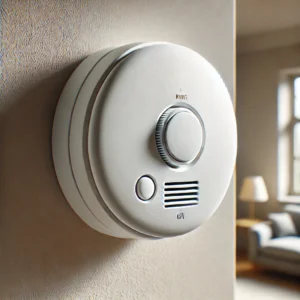
Bathroom
The bathroom is one of the highest-risk areas for falls due to wet and slippery surfaces. Install wall-mounted call buttons near the toilet, bathtub, and shower for easy access. Additionally, waterproof wearable devices, such as wristbands or pendants, provide extra protection by ensuring users can summon help even if they cannot reach a button. For added security, consider placing a voice-activated emergency device in the bathroom.
Bedroom
Since emergencies can happen at any time, including during the night, having an emergency call system near the bed is essential. A call button on the nightstand or a voice-activated device ensures the user can request assistance without having to get up. For individuals with mobility issues, consider a wearable emergency device that can be activated with a simple press or fall detection.
Kitchen
The kitchen poses several hazards, including burns, cuts, and falls. A wall-mounted call button near common work areas, such as the stove and sink, provides immediate access in case of an accident. Hands-free, voice-activated systems are especially useful in the kitchen, allowing users to call for help even when their hands are occupied or dirty.
Living Room
Since the living room is a central gathering space where residents spend a significant amount of time, installing an emergency call system in this area is crucial for overall home safety. A discreetly placed call button on a side table, couch armrest, or even mounted on the wall can provide quick access to assistance in the event of a medical emergency. Additionally, incorporating a voice-activated emergency device enhances safety by allowing hands-free operation, ensuring that help can be summoned even if the individual is unable to physically press a button.
Beyond the living room, strategically placing emergency call systems in other high-risk areas of the home further enhances security. Whether in the bedroom, bathroom, or kitchen, having reliable access to emergency assistance can significantly reduce response time in critical situations. By implementing these safety measures, individuals who choose to age in place can maintain their independence and peace of mind, knowing that help is always within reach whenever they need it.

Ready to Get Your Emergency Home Call System Installed?
If you are an older adult wanting to maintain independence or a family member researching ways to keep a loved one safe, investing in an emergency call system is a proactive and wise decision. These systems offer peace of mind by ensuring that help is always within reach. With various options available, from traditional medical alert systems to advanced smart home integrations, there is a solution to fit every household’s needs.
If you want to know more or need help installing your home emergency call system, Atlas Home Safety is here to help. Taking action today can help prevent unnecessary emergencies and provide reassurance for both seniors and their loved ones.
Get started by calling 844-660-SAFE or contact us online today!










